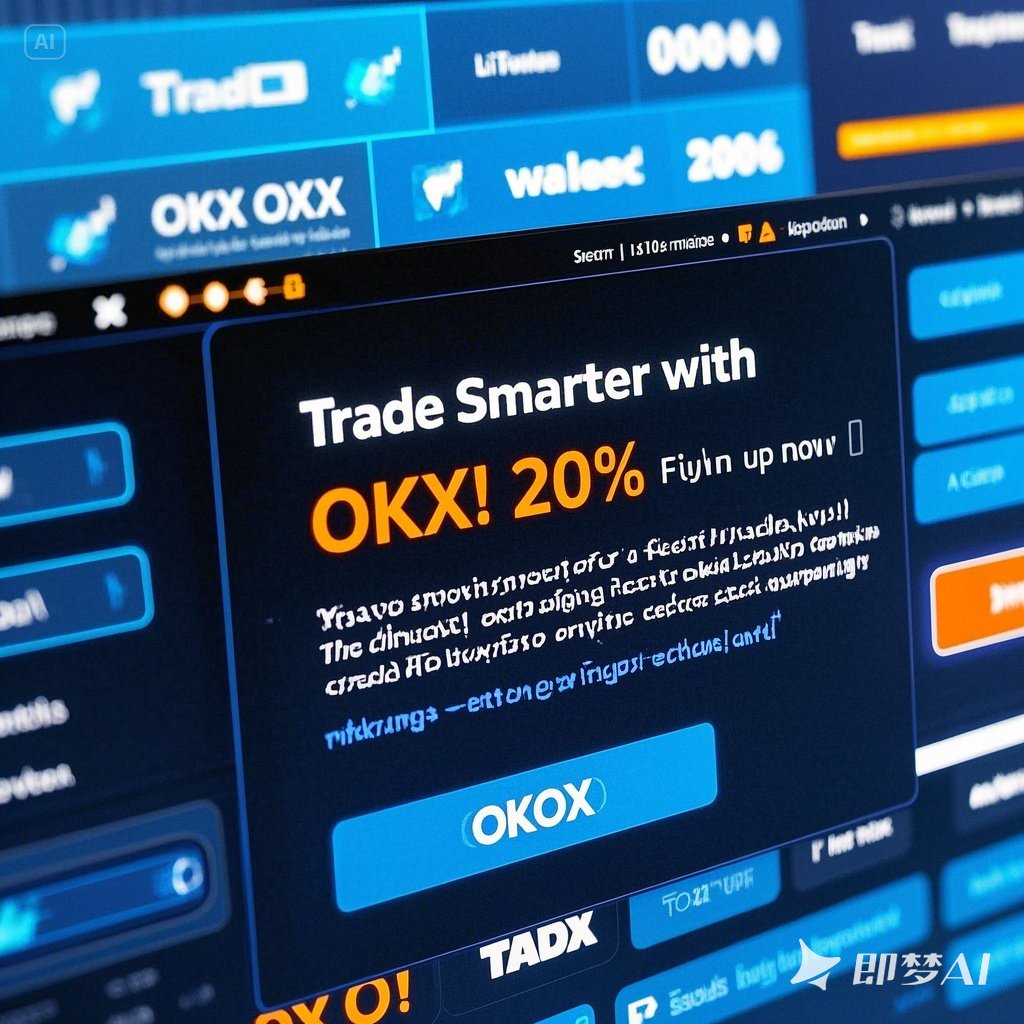Bitcoin Transaction Fees Hit Record Lows During Price Surge – Is This a Major Bullish Signal for BTC?
What are Bitcoin transaction fees?
Understanding Bitcoin Transaction Fees
What Are Bitcoin Transaction Fees?
Bitcoin transaction fees are small amounts of Bitcoin (BTC) that users pay to have their transactions processed and confirmed on the Bitcoin blockchain. These fees serve as an incentive for miners to include your transaction in a block, ensuring that it is added to the blockchain and becomes part of the permanent ledger.
Why Do Bitcoin Transactions Have Fees?
The Bitcoin network operates on a decentralized model, meaning there is no central authority managing the system. Instead, miners—individuals or groups with powerful computers—process transactions by solving complex mathematical puzzles. In return for this effort, miners receive both newly minted Bitcoin and transaction fees from users who want their transactions included in the next block.
Since the Bitcoin blockchain has limited space for transactions in each block, miners prioritize transactions with higher fees. This creates a competitive environment where users can choose how quickly they want their transaction confirmed by setting an appropriate fee amount.
How Are Bitcoin Transaction Fees Calculated?
Transaction fees are typically calculated based on the size of the transaction in bytes rather than the amount being sent. Larger transactions, such as those involving multiple inputs or outputs, require more space on the blockchain and thus incur higher fees. Conversely, smaller transactions take up less space and usually cost less.
Users can manually set the fee per kilobyte (kb) when sending Bitcoin. The higher the fee, the faster the transaction will be processed. Conversely, lower fees may result in slower confirmation times if miners prioritize transactions with higher fees.
Factors Affecting Bitcoin Transaction Fees
Network Congestion: During periods of high demand, such as during market spikes or holidays, the Bitcoin network can become congested, leading to increased fees as users compete for block space. Block Size Limit: Bitcoin’s protocol limits the size of each block to 1 MB, which restricts the number of transactions that can be included in a single block. This limitation contributes to fluctuating fees depending on supply and demand. Fee Estimation Tools: Wallet providers often offer fee estimation tools that suggest optimal fee rates based on current network conditions, helping users strike a balance between speed and cost.
Are Transaction Fees Necessary?
Yes, transaction fees are essential for maintaining the security and functionality of the Bitcoin network. Without these fees, miners would have little motivation to validate and confirm transactions, potentially leading to slow or unreliable service. Additionally, transaction fees help prevent spam attacks by making it costly to flood the network with unnecessary transactions.
Conclusion
Bitcoin transaction fees play a critical role in ensuring the smooth operation of the Bitcoin network. While they may seem confusing at first glance, understanding how fees work can empower users to make informed decisions about their transactions. By balancing fee levels with desired confirmation speeds, users can optimize their experience while contributing to the health and sustainability of the Bitcoin ecosystem.
How are Bitcoin transaction fees calculated?
How Are Bitcoin Transaction Fees Calculated?
How Are Bitcoin Transaction Fees Calculated?
Bitcoin transaction fees play a crucial role in maintaining the security and efficiency of the Bitcoin network. These fees are not fixed but are determined dynamically based on supply and demand within the network. Understanding how Bitcoin transaction fees are calculated can help users make informed decisions to ensure their transactions are processed efficiently.
Transaction Fee Basics
A Bitcoin transaction fee is essentially a small amount of Bitcoin (BTC) that a sender includes with each transaction they initiate. This fee incentivizes miners to prioritize and process the transaction. Miners collect these fees as part of their compensation for validating and adding transactions to the blockchain.
Factors Influencing Transaction Fees
Several factors influence the calculation of Bitcoin transaction fees:
Network Congestion: When the Bitcoin network is congested with many pending transactions, miners have more options to choose from, leading to higher competition for block space. As a result, users may need to offer higher fees to get their transactions processed quickly. Transaction Size: Larger transactions require more data to be stored on the blockchain, which can increase the cost. Miners charge fees based on the size of the transaction in “vbytes” or “weight units.” Fee Rate: The fee rate is typically expressed in satoshis per vbyte (sat/vB). A satoshi is the smallest unit of Bitcoin, equivalent to 0.00000001 BTC. Higher fee rates generally result in faster confirmation times.
Dynamic Fee Estimation
Most Bitcoin wallets and services use dynamic fee estimation algorithms to suggest appropriate fee rates for transactions. These algorithms analyze recent network activity to predict how much miners will charge for different priority levels. Users can choose between low-, medium-, or high-priority fee rates depending on whether they prioritize speed or cost savings.
Optimizing Transaction Fees
To optimize Bitcoin transaction fees, users should consider the following strategies:
Plan Ahead: During periods of high network congestion, plan your transactions accordingly to avoid delays. Use Wallet Recommendations: Most modern Bitcoin wallets provide fee suggestions based on current network conditions. Trusting these recommendations ensures timely confirmations. Batch Transactions: Combining multiple small payments into one larger transaction can reduce the overall fee burden.
Conclusion
Bitcoin transaction fees are an essential component of the decentralized ecosystem, ensuring the sustainability and security of the network. By understanding how fees are calculated and influenced by network conditions, users can better manage their transactions and minimize costs while maximizing efficiency. Whether you’re sending Bitcoin casually or conducting business on the blockchain, staying informed about transaction fees empowers you to navigate the world of cryptocurrency confidently.
Factors influencing Bitcoin transaction fees (e.g., network congestion).
Factors Influencing Bitcoin Transaction Fees
Understanding the Factors That Influence Bitcoin Transaction Fees
Bitcoin transaction fees are a crucial aspect of using the Bitcoin network. These fees serve as an incentive for miners to include transactions in the blockchain and help maintain the security and decentralization of the network. However, several factors can influence these fees, making them fluctuate over time. Understanding these factors is essential for anyone looking to transact on the Bitcoin network efficiently.
Network Congestion
One of the most significant factors affecting Bitcoin transaction fees is network congestion. When the number of transactions waiting to be confirmed exceeds the network’s capacity, miners prioritize transactions with higher fees. This leads to increased competition among users, driving up the average fee required for faster confirmation times. During periods of high demand, such as during market rallies or adoption spikes, network congestion can skyrocket, causing fees to rise dramatically.
For instance, during the bull run of 2017 and early 2021, Bitcoin transaction fees surged to record highs due to widespread adoption and increased usage. At times, users had to pay fees exceeding $50 per transaction to ensure their transactions were processed quickly. Conversely, when demand decreases, fees tend to drop significantly, providing users with lower-cost transaction options.
Block Size Limit
Bitcoin’s block size limit plays a critical role in determining transaction fees. Each block can only hold a limited amount of data, which equates to a finite number of transactions. Currently, the maximum block size is 1 MB, although this can vary slightly depending on the implementation. When the network reaches its capacity, miners have to choose which transactions to include, typically prioritizing those with higher fees.
As a result, when the network is operating near full capacity, users may need to offer higher fees to get their transactions confirmed in a timely manner. This limitation has sparked debates within the Bitcoin community about potential solutions, such as increasing the block size or implementing technologies like the Lightning Network to alleviate pressure on the main chain.
Miner Incentives
Miners are incentivized by transaction fees to include transactions in blocks. In addition to fees, miners also earn newly minted bitcoins as part of the block reward. However, as the supply of new bitcoins diminishes over time due to the halving events, transaction fees become increasingly important for miners’ revenue streams.
During periods when block rewards are low, miners may focus more on transaction fees to maintain profitability. This can lead to higher fees during times when miners face reduced incentives from the block reward. Conversely, when block rewards are high, miners may accept lower fees, resulting in cheaper transactions for users.
User Behavior
User behavior also influences Bitcoin transaction fees. If users consistently send transactions with low fees, they may experience delays in getting their transactions confirmed. Over time, this could encourage users to adjust their fee strategies to avoid such delays, potentially driving up the average fee paid across the network.
Additionally, the growing popularity of wallet services that automatically set appropriate fees based on current network conditions can help reduce user confusion and optimize fee payments. Such tools analyze real-time data to suggest fees that balance cost efficiency with timely confirmations.
Current state of Bitcoin transaction fees during market rallies.
Current State of Bitcoin Transaction Fees During Market Rallies <
Tips for Minimizing Bitcoin Transaction Fees
Bitcoin transaction fees are an essential part of the blockchain ecosystem, as they incentivize miners to process transactions. However, high fees can be frustrating, especially for users making small or frequent transfers. Here are some practical tips to help you minimize your Bitcoin transaction fees:
1. Use SegWit Wallets and Addresses
Segregated Witness (SegWit) is a protocol upgrade that increases block capacity by removing signature data from transaction inputs. This allows more transactions to fit into a single block, reducing network congestion and lowering fees. By using a wallet that supports SegWit, such as Electrum or Coinbase Wallet, you can benefit from reduced transaction costs.
2. Optimize Your Transaction Size
The size of your transaction in bytes directly affects the fee. Larger transactions consume more space on the blockchain, leading to higher fees. To keep your transaction size minimal, avoid including unnecessary data or outputs. For instance, consolidating multiple smaller UTXOs (Unspent Transaction Outputs) into one larger input can reduce the overall transaction size.
3. Use the Fee Estimation Feature
Most modern wallets offer built-in fee estimators that suggest appropriate fee rates based on current network conditions. When the network is congested, fees tend to rise, so it’s wise to wait for periods of low activity if you’re not in a rush. Conversely, during times of high demand, setting a slightly higher fee can ensure your transaction gets confirmed quickly.
4. Choose a Low-Priority Setting
If time isn’t critical, you can opt for a lower priority when sending Bitcoin. This means setting a lower fee rate, which may result in slower confirmation times but will save money. Always check the wallet’s documentation to understand how to adjust fee settings manually.
5. Use Layer 2 Solutions
Layer 2 solutions like the Lightning Network allow users to make off-chain transactions, drastically reducing both cost and time. While these networks are still evolving, they provide an excellent option for frequent or micropayments without the need to pay standard Bitcoin transaction fees.
6. Consolidate Your Wallets
Managing multiple Bitcoin wallets can lead to fragmented balances spread across many addresses. Consolidating these wallets into fewer addresses reduces the complexity of future transactions and helps optimize fee efficiency.
7. Avoid Using Default Fees
Many wallets set default fees that might not always align with the optimal fee rate for the current network state. Always review and adjust the suggested fee before confirming a transaction to ensure you’re not overpaying.
Conclusion
Minimizing Bitcoin transaction fees requires understanding the underlying mechanics of the blockchain and adapting to changing network conditions. By leveraging tools like SegWit, optimizing transaction sizes, and utilizing layer 2 solutions, users can significantly reduce their costs while maintaining flexibility. As always, stay informed about updates to wallets and protocols to maximize savings.











